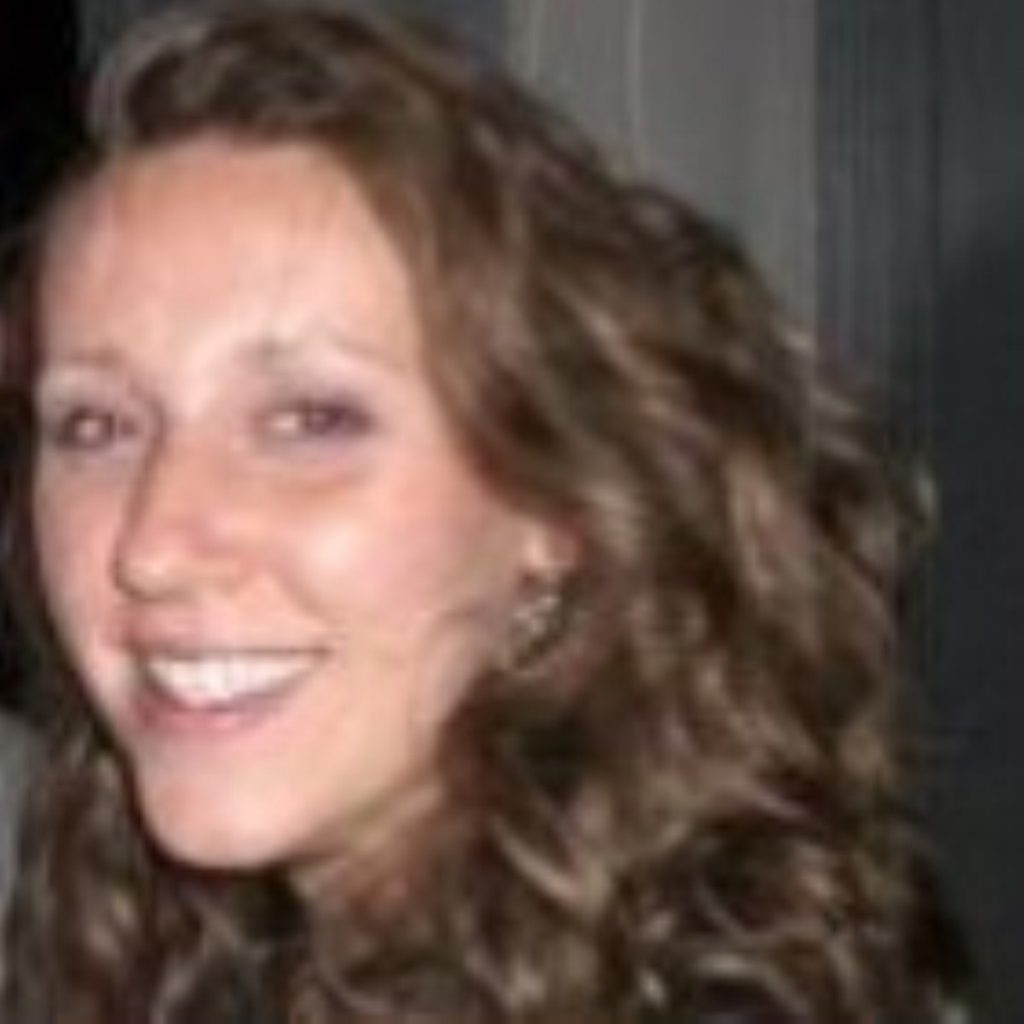Comment: ‘Gay girl’ blog hurt the Syrian people
This revolution – which appears genuinely representative and peaceful – is plagued by regime propaganda. They don't need Western efforts to undermine them too.
By Hannah Stuart
The image of one malnourished child hones our attention to a famine the size of Western Europe. Unable to process the sheer size of a humanitarian crisis, we empathise more with a single narrative. So it is with the uprising in Syria, now in its fourth month of bloodshed. While the death toll stands at 1,400 and 10,000 refugees have fled to Turkey, personal stories still persist in capturing the public's imagination.
Inside Syria, the revolution was embodied by Hamza Ali al-Khateeb. An online video showed the mutilated body of a young boy, who had been abducted by security forces. Burnt with cigarettes, his arms and legs were stripped of their skin, and his genitalia cut off. Leading opposition figures – including Washington-based director of the Damascus Center for Human Rights Studies Radwan Ziadeh and human rights attorney Razan Zeitouneh – said that Hamza's death could be one of those incendiary moments that can change a revolution. They were right. The video went viral; almost immediately a Facebook page memorialised him as a 'child martyr' and thousands of activists in almost every major city and town in Syria took to the streets on what became known as the 'Saturday of Hamza'.


Outside of Syria, it was – until recently – the irreverent blog A Gay Girl in Damascus that became a symbol of the thwarted egalitarian aspirations of the Syrian people. Described in Western media as the 'ultimate outsider', blogger Amina Abdullah was praised for her 'political and sexual dissent'. But, after Amina's cousin announced her kidnapping, the appealing narrative quickly fell apart. Amina's photo had been stolen from someone else's Facebook account and her IP address was traced to the University of Edinburgh. 'Amina' was actually Tom MacMaster, a 40-year-old married American. "While the narrative voice may have been fictional," he claimed by way of an apology, "the facts on this blog are true and not misleading as to the situation on the ground. I do not believe that I have harmed anyone – I feel that I have created an important voice for issues that I feel strongly about."
What happens when these icons we rely on prove false? Already fighting the lies told about them by president Bashar al-Assad's regime, it is the Syrian people for whom MacMaster's actions are most damaging. This revolution – which appears genuinely representative and peaceful – is plagued by regime propaganda. They don't need Western efforts to undermine them too. In the absence of a free press, Syrian state media has branded the protesters criminals and terrorists, riven with sectarianism. Even 13-year-old Hamza Ali al-Khateeb was characterised as a terrorist, arrested after he tried to 'enslave' local women. Addressing the Syrian public yesterday, Assad claimed armed gangs and groups from outside Syria are causing the violence and spreading extremist religious ideology. "What is happening today has nothing to do with reform, it has to do with vandalism," he said. "There can be no development without stability."
Assad referred in particular to the town of Jisr al-Shughour, where the regime alleges over 100 members of the security forces were killed. When reports of the deaths first emerged, spokesperson for the opposition Ammar Abdulhamid told me it meant one of two things: either the regime had already committed a massacre; or they were just about to. The latter proved correct and as state television reported the deaths variously – first 40, then 80, then 120 – the regime moved into the town and brutally suppressed the protesters. Limited deaths to security personnel occurred, not at the hands of armed gangs but by defecting soldiers who refused to fire on unarmed civilians.
With Western media still reporting regime propaganda, it seems Assad is playing a long game and the need for stability is his trump card. Where necessary, he will create a riot in order to justify his role. An internal Syrian document, leaked last week by the governor of Al-Qunaitara province, provides compelling evidence that the regime incited the Golan Heights Nakba day protests on May 15th 2011. The memorandum gave "permission of passage to all 20 vehicles (47 passenger capacity) with the attached plate numbers" travelling towards the border. It further permitted "approaching crowds to cross the cease fire line (with Israel) towards the occupied Majdal-Shamms and to further allow them to engage physically with each other in front of United Nations agents and offices". Thirteen people died that day, for no other reason than to strengthen Assad's argument to the West that he is a vital peace-maker in the Israel-Palestine conflict.
I recently talked to leading oppositionists both inside and outside of Syria, for a report for the Henry Jackson Society. They stated the Syrian people's aims clearly: freedom, human rights and democratic accountability. Despite regime propaganda, the Islamist involvement is low and the revolution is not sectarian. They rely on social media and video-postings to promote their message. Banners are written in English indicating the date and location of protests. Demonstrations are painstakingly video-recorded and uploaded to YouTube. Arrests and cases of torture are thoroughly documented in the hope of taking Assad to the International Criminal Court. MacMaster's 'Amina' blog – abusing the only platform available to those inside Syria – casts doubt on the messages protesters risk their lives to relay, and in turn strengthens Assad's hand. Contrary to his claim he has harmed no one, MacMaster has harmed the entire Syrian people's cause.
Hannah Stuart is a research fellow at the Henry Jackson Society.
The opinions in politics.co.uk's Comment and Analysis section are those of the author and are no reflection of the views of the website or its owners.

